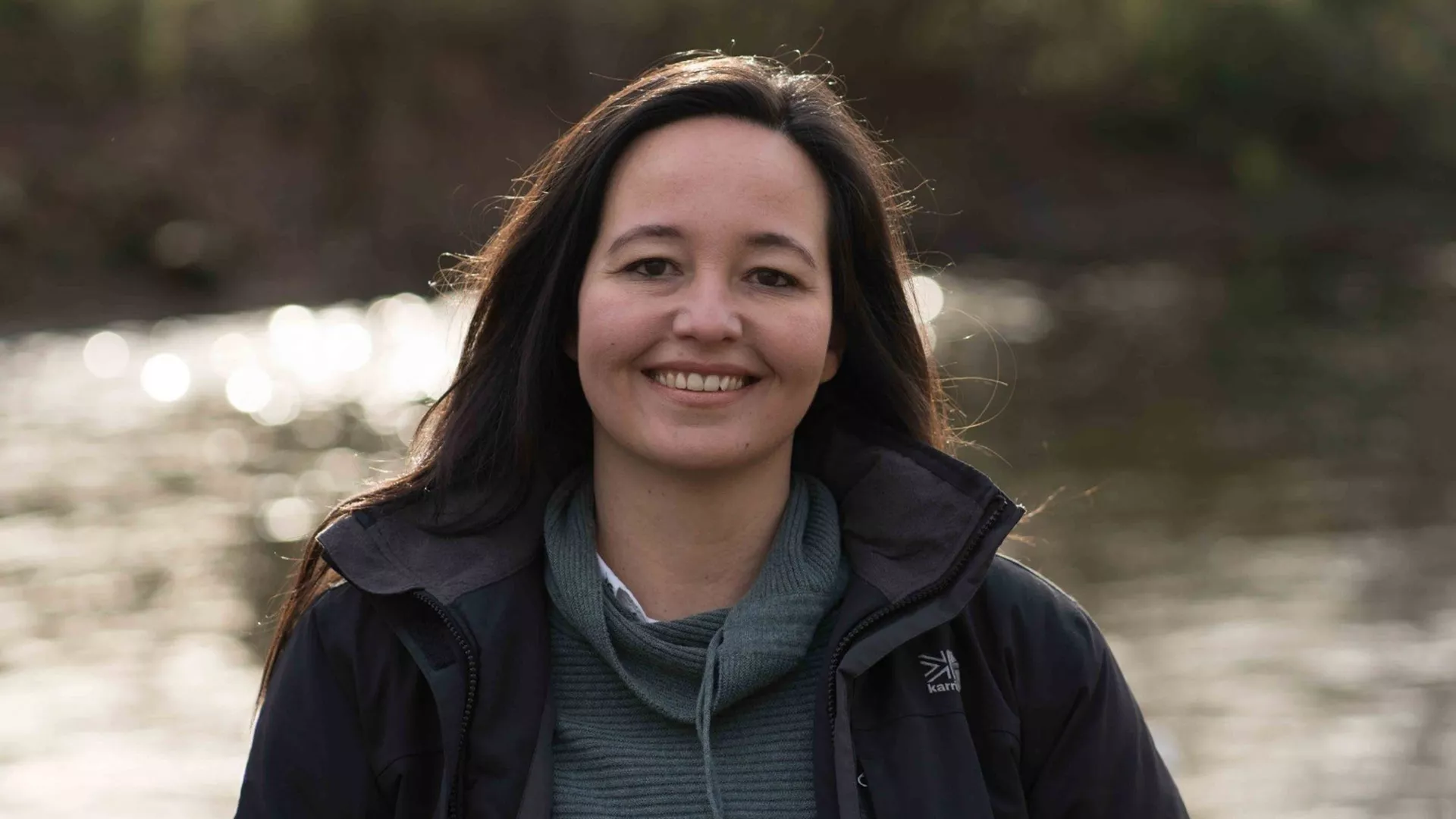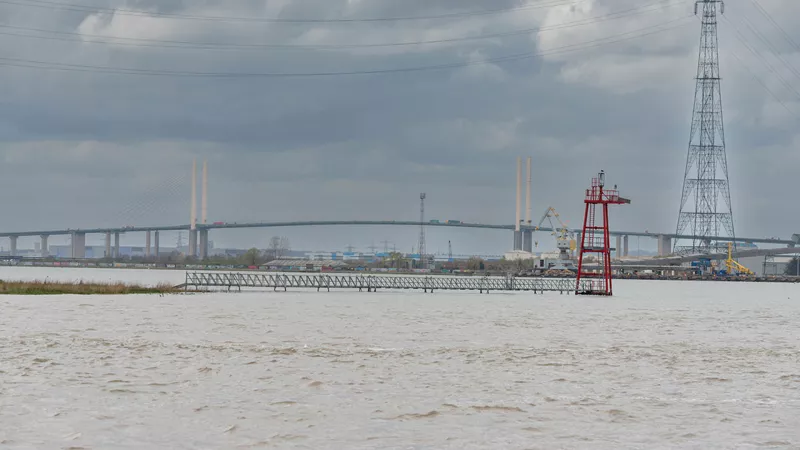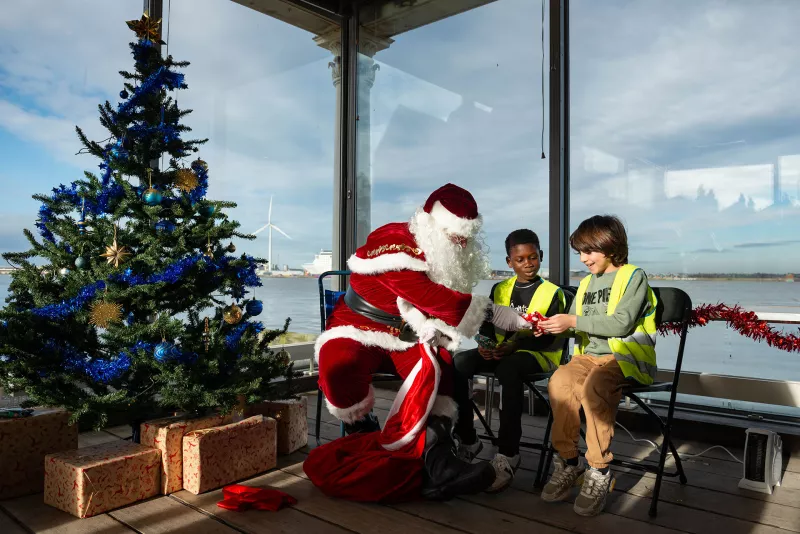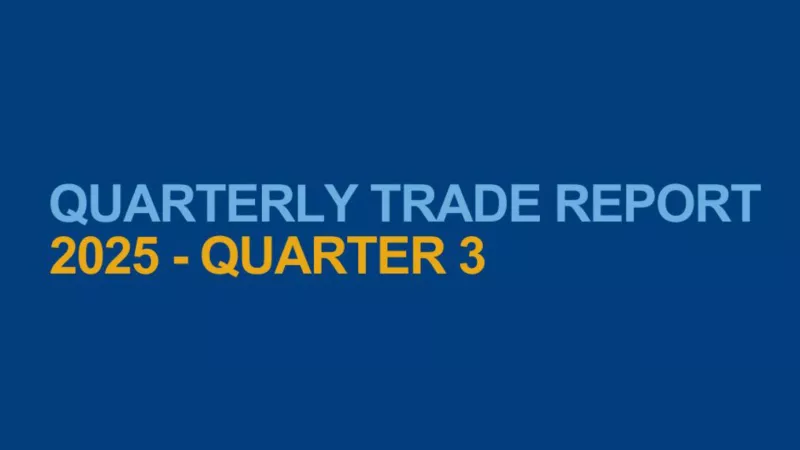Live Tides
NOTICES TO MARINERS
Charts & Surveys

Incident reporting
Life-threatening emergencies on the river:
Call 999 and ask for the Coastguard
For near miss, safety observations and incident reporting click below
River restoration
Carolina Pinto

Thames21’s river restoration manager, Carolina Pinto, is looking forward to London Rivers Week (11- 18 July).
“The Thames has been a feature of my life since childhood, through books and films.
“My first encounter with the river is etched deep in my memory.
“I was on a study trip to London, many years ago now.
“I visited several bridges in central London and was captivated, watching the majestic river flowing beneath me.
“It was the moment I decided I wanted to study the Thames and help restore it.”
Brazilian upbringing
“I have always had a passion for rivers. They help me relax.
“Each phase of my life has been marked by vivid memories of a river.
“Growing up in south east Brazil, it was the River Doce. During my adolescence, it was the Benevente.
“As a child, I lived in Vitoria, the capital city of Espírito Santo – an island very rich in nature.”
“Known as the ‘sun city’, it is surrounded by other small islands, intersected by the ‘green-blue’ sea.
At school, my favourite subjects were mathematics and biology – both are a big part of my work at Thames21.”
Dream job
“At Thames21, I coordinate restoration projects on the river, from source to sea, and its tributaries, for the benefit of people, wildlife and the environment at large.
“My work base varies. Sometimes it’s our main office in the historic, City of London Guildhall, but I also regularly like getting out to our hub in Bow, overlooking the River Lee, in east London, near the Queen Elizabeth Olympic Park.
“There is no typical week for me.
“An average day might involve a site visit in the morning, such as the River Rom, to run an aquatic invertebrate survey, followed by an office meeting with a local authority to discuss issues river improvements.”
Community relations
“My first Thames21 project was on the River Brent in north west London, working with disadvantaged communities on restoration initiatives.
“It was an amazing experience, exploring arts and citizen science as vehicles for getting people engaged.”
London Rivers Week
“Launched in 2016, London Rivers Week highlights the role we can all play in improving the capital’s waterways.
“The aim is to highlight the challenges local rivers face and inspire action.
“This year the focus is on ‘rewilding’ - using natural processes to rejuvenate biodiversity.
“I am running a series of interesting events on the River Rom, the Quaggy, the Gores Brook and in Thamesmead.
“It will be an intensive seven-days for our volunteers, monitoring invasive species, for example.
“There will also be a diverse programme of walks, talks and webinars – full details are on Thames21’s website.”
Past, present and future
“Our work with communities and partners to improve and maintain the Thames and its tributaries is constantly evolving.
“Since 2000, more than 40 river restoration projects have taken place across London.
“Small and medium scale rewilding projects have succeeded in expanding native vegetation for example in the city of London, and re-introduced reedbeds in the capital’s waterways.
“Initiatives to increase freshwater, wetlands and floodplains in recent years have attracted a variety of species, boosting biodiversity.
“Areas of once nature-poor grassland have been transformed into thriving green-blue spaces, brimming with life.
“But there is still much more to do.
“We are currently completing our latest five-year plan.
“One of its key goals will be to increase the length of rivers restored from 5k to 15km by 2027.”
Climate emergency
“For me personally, tackling the negative impacts of man-made climate change is the biggest challenge facing the river.
“We are seeing more severe weather patterns, resulting in more droughts and floods.
“London’s rivers will need to be climate resilient.
“Rises in river temperature are increasingly threatening wildlife.
“Warmer water means less reproduction, less food and less oxygen for freshwater species.
“We need to increase investment in large-scale, nature-based solutions to improve wildlife habitats.
“My personal priorities are to exploit scientific advances to develop more natural watercourses and give wildlife more space to adapt.”
Quick fire:
- Role models? As a child, my five great-aunts, all teachers in Vitoria were my heroes. They still are.
- Best river view? The Thames has so many good views, I love Tower Bridge at night. It is spectacular.
- Recommended watering hole? I like the Bull’s Head in Chiswick – but always check for high tides before going.
- Other passions? I really enjoy gardening and walks in the woods.
Related content


Location: London/Gravesend Remuneration: £28,971 per annum for a commitment of up to 24 days per...

Discover


